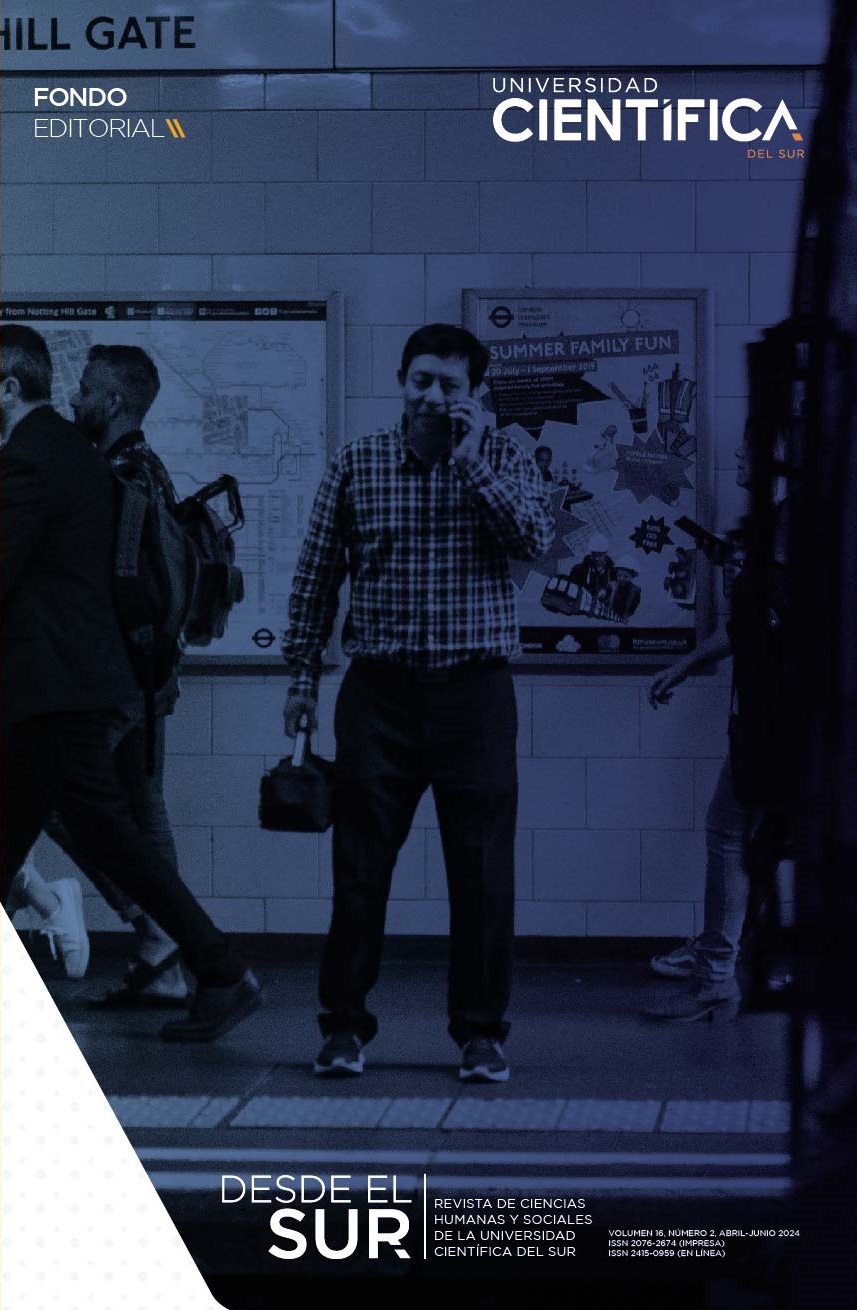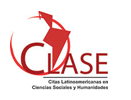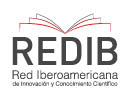Digital images generated by Artificial Intelligence as ethnographic experimentation
DOI:
https://doi.org/10.21142/DES-1602-2024-0023Keywords:
Anthropology, Ethnography, Artificial Intelligence, ImageAbstract
The article discusses the role of images produced
by artificial intelligence (AI) in visual anthropology, highlighting their ability to represent identity and experience. It also addresses the technical and ethical challenges of AI data classification and its interaction with socio-technical networks, questioning technological neutrality. Technical implications include data categorization that can perpetuate biases and power relations. The simplification and distortion of representations by AI is highlighted, requiring a critical analysis of the stories embedded in the categorizations. It is proposed that anthropologists examine the relationship between image, label, and referent, recognizing differences and similarities in their roles and those of AI labelers in knowledge production. In addition, it discusses how AI images can influence anthropological interpretation and analysis by blending reality and emotion. It is argued that a critical engagement with the ethical and technical implications of the generation and use of these images is necessary.
Downloads
References
Benjamin, R. (2019). Race after technology: Abolitionist tools for the new Jim code. Polity Press.
Clarke, A. C. (1984). Profiles of the future: An Inquiry Into the Limits of the Possible. Holt, Rinehart, and Winston.
Clifford, J. (2011). A experiência etnográfica: Antropologia e literatura no século XX. Rio de Janeiro: Editora UFRJ.
Clifford, J., & Marcus, G. (Eds.). (2016). Sobre a alegoria etnográfica. In A escrita da cultura: poética e política da etnografia. Rio de Janeiro: Eduerj e Papéis Selvagens.
Crawford K.; Paglen T. Excavating AI: The Politics of Training Sets for Machine Learning (September 19, 2019) https://excavating.ai
Crawford, K. (2021). The Atlas of AI: Power, Politics, and the Planetary Costs of Artificial Intelligence. Yale University Press. https://doi.org/10.2307/j.ctv1ghv45t
Crawford, K. e Joler, V. (2018). Anatomia de um sistema de IA: o Echo da Amazon como um mapa anatômico do trabalho humano, dados e recursos planetários. AI Now Institute e Share Lab. https://anatomyof.ai
Flusser, V. (2009). Universo das imagens técnicas: elogio da superficialidade. São Paulo: Annablume.
Fotografia e literatura nos livros de Maureen Bisilliat. (2024) Instituto Moreira Salles [1974] https://ims.com.br/fotografia-e-literatura-nos-livros-de-maureen-bisilliat/
Haraway, D. J. (1995). Saberes localizados: a questão da ciência para o feminismo e o privilégio da perspectiva parcial. Cadernos Pagu, Situando diferenças, v.5, p. 7-41. https://ieg.ufsc.br/storage/articles/October2020/31102009-083336haraway.pdf
Haraway, D. J. (2016). Staying with the Trouble: Making Kin in the Chthulucene. Duke University Press. https://doi.org/10.2307/j.ctv11cw25q
Ingold, T. (2012). Introduction. In Imagining Landscapes: past, present and future. London: Routledge.
Ingold, T. (2015). Estar vivo. Ensaios sobre movimento, conhecimento e descrição (1st. ed. Petrópolis: Editora Vozes.
Ingold, T. (2022, 22 de agosto). Beyond writing and drawing: In praise of scribble [Vídeo]. YouTube. https://www.youtube.com/watch?v=iVUSbKAEGE0
Kak, A., West, S. (2024) A Modern Industrial Strategy for AI?: Interrogating the US Approach In AI Nationalism(s): Global Industrial Policy Approaches to AI. AI Now Institute. https://ainowinstitute.org/ai-nationalisms
Kofes, S. (2020). As grafias – traços, linhas, escrita, gráficos, desenhos - como perturbação no conhecimento antropológico. Revista De Antropologia Da Ufscar, 12 (2), 12–26. Https://doi.org/10.52426/rau.v12i2.345
Latour, B. (1994). Jamais fomos modernos: Ensaio de Antropologia Simétrica. Rio de Janeiro: Editora 34.
Latour, B. (2000). Ciência em Ação: como seguir cientistas e engenheiros sociedade afora. São Paulo: Unesp.
Latour, B. (2001). A esperança de pandora: ensaio sobre a realidade dos estudos científicos. Bauru, SP: Edusc.
Lévi-Bruhl, L. (2018). A experiência mística e os símbolos entre os primitivos. Rio de Janeiro, Niterói: Teodoro Editor [1938].
Mclean, S. (2017). Fictionalizing anthropology: encounters and fabulations at the edges of the human. Minneapolis: University of Minnesota Press.
Mura, F. (2011). De sujeitos e objetos: um ensaio crítico da antropologia da técnica e da tecnologia. Horizontes Antropológicos, Porto Alegre, n. 36, 95-125. https://doi.org/10.1590/S0104-71832011000200005
Noble, S. U. (2018). Algorithms of Oppression: How Search Engines Reinforce Racism. New York University Press. https://doi.org/10.18574/nyu/9781479837243.001.0001
Pasquinelli M; Joler V. (2020). O manifesto Nooscópio: Inteligência Artificial como Instrumento de Extrativismo do Conhecimento. [Trad. Leandro Módolo & Thais Pimentel] KIM research group (Karlsruhe University of Arts and Design) e Share Lab (Novi Sad). Fonte: https://nooscope.ai
Pasquinelli, M. (2019). 3000 Years of Algorithmic Rituals: The Emergence of AI from the Computation of Space. e-flux 101: 1-12. https://hdl.handle.net/10278/5043608
Pasquinelli, M. (2023). The eye of the master: A social history of artificial intelligence. Verso.
Pasquinelli, M. (Ed.). (2015). Alleys of your mind: Augmented intelligence and its traumas. Meson Press. https://doi.org/10.14619/014
Samain, E. (1995). “Ver” e “dizer” na tradição etnográfica: Bronislaw Malinowski e a fotografia In Revista Horizontes Antropológicos, 1(2), 23-60.
Strathern, M. (2023). Property, Substance, and Effect: Anthropological Essays on Personas and Things. HAU Books, [1999].
Strathern, S. (2014). O efeito etnográfico e outros ensaios (1st ed.). São Paulo: Cosac & Naify.
Taussig, M. (2011). I Swear I Saw This: Drawings in Fieldwork Notebooks, Namel Own. Chicago and London: The University of Chicago Press.
Throop, C. J. (2003). Articulating Experience. Anthropological Theory, 3(2), 219-241. https://doi.org/10.1177/1463499603003002006
Turner, V. (1980). Social dramas and storys about them. Critical Inquiry, Chicago University Press, 7 (11): 141-168, Autumn. https://doi.org/10.1086/448092
Turner, V. (1982). From ritual to theater: the human seriousness of play. New York, Performing Arts Journal Publications.
UNESCO & International Research Centre on Artificial Intelligence. (2024). Challenging systematic prejudices: an investigation into bias against women and girls in large language models. UNESCO. https://www.unesco.org/unesdoc/digital-library/CI/DIT/2024/GP/01
Wagner, R. (1991). The Fractal Person. In Marilyn Strathern e Maurice Godelier (org.). Big Men and Great Men: Personifications of Power in Melanesia. Cambridge: Cambridge University Press.
Downloads
Published
Issue
Section
License

Esta obra está bajo una licencia http://creativecommons.org/licenses/by-nc-sa/4.0/





















